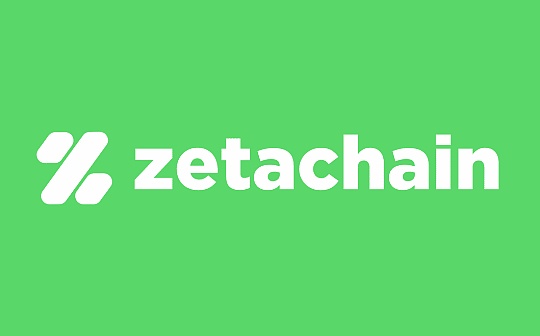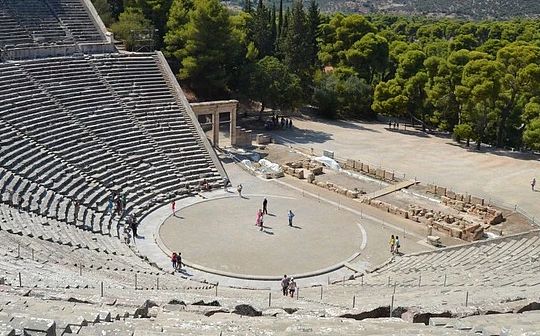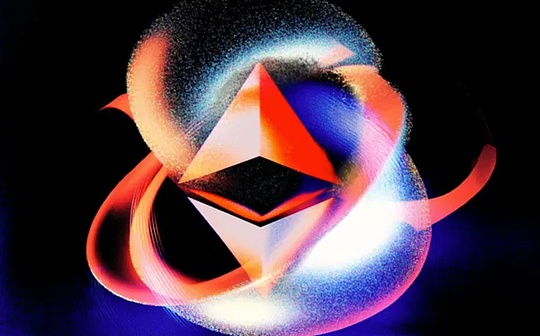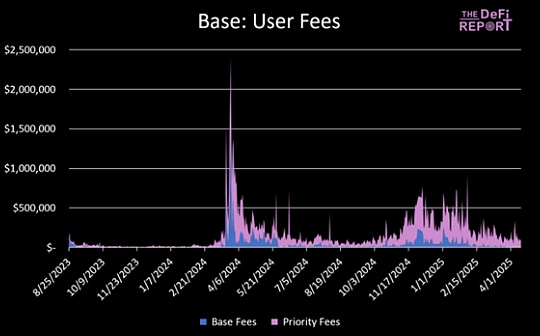
Author: haotian, Source: Author Twitter@TMEL0211
RecentWhat is chain abstraction, where is the difficulty of all -chain interoperability, and what are the core features of Zetachain?
In my opinion, if the modularization is a “co -vertical” strategy, then the chain abstraction is a kind of “Lian Heng”, which is one of the key tracks that 2024 must pay attention to.Why, let me talk about my understanding:
Regardless of whether it is collaborated or even horizontal, it is a “alliance” strategy. Modification is to combine the leisure blockchain development capabilities in the form of a Modular component to fight against Monolithic’s comprehensive public chain.
The chain abstraction is to connect the liquidity scattered in the chain in the form of interoperability integration to enhance the experience of developers and users.
What is chain abstraction?NEAR co -founder recently thrown the concept of “chain abstraction”, and briefly understands: modularly separate the different functional layers of the blockchain into a settlement layer, DA layer, execution layer, rollup layer, etc., which greatly stimulates the chain construction marketThe prosperity, but at the same time, it will make the liquidity, application, and users of the chain more scattered, bringing a huge threshold to ordinary users and even developers.
“Chain abstraction” is to solve the Internet communication, asset asset transfer, and cross -chain smart contract calls such as the general chain communications, assets and asset transfer, and cross -chain smart contract calls.
There are two main types of all -chain interoperability problems:
1) Communication issues between non -similar smart contract chains, such as how to make UTXO non -intelligent contract platforms such as Bitcoin and an account smart contract platform such as Ethereum an effective communication connection?
2) The non -WRAP method transfer problem of cross -chain assets. The WRAP method is a common cross -chain bridge solution.Management centralization.
So, can Zetachain solve these two problems and how can it solve it?
ZetAChain is a cosmos SDK and Tendermint PBFT consensus engine. The blockchain can be used as a specific blockchain framework that realizes interoperability.
Popularly speaking, the “chain chain”, a method of “Blockchain of Blockchains” (BOB), which is embedded in the full chain environment to provide data, network, consensus, incentives, and contract layers to provide data, network, consensus, incentives, and contract layers.Realize interoperability between blockchain.
The core architecture of ZetAChain is mainly divided into: verification, observer, and signature.
Verifications can verify the consensus of the maintenance chain by pledged the Zeta tokens. For example, the transition of his chain state submitted by the observer needs to be determined by the verifier.
Observer’s responsibilities are to monitor the information such as the full -section node of the external chain to synchronize the specific transaction logs, transfer events, and status of the external chain, and synchronize the information to the verification of consensus;
Signatureers are mainly responsible for confirming the identity of the external chain. When the request involving asset circulation, the signature can participate in the signing of assets to ensure that the assets are safe across the chain.
Based on these basic frameworks, ZetAChain can effectively solve the above -mentioned full -chain interoperability problems:
1) When the asset circulation between the EVM chain and the UTXO model chain, since the Bitcoin network does not have smart contracts, the only effective way is to deploy light nodes and perform MPC signature operations based on the ECDSA signature algorithm. Because Zetachain can hold TSS TSSPrivate keys and addresses, so you can use smart contracts on Zetachain to connect to manage local assets that manage the Bitcoin network.
Throughout the process, the observer of ZetAChain must effectively track and manage the UTXO on Bitcoin. The core logic is to use Bitcoin as the asset settlement layer to achieve effective control and circulation of assets through multiple signature algorithms;
2) At present, the common cross -chain bridge schemes are all A chain lock warehouse assets, and the logic of increasing assets B -chain. This interaction will not only lock the liquidity of the single chain, but also generate asset loss during the wrap packaging process.When applying DEFI -related application scenarios, it is often criticized due to its asset loss.
In response to this, Zetachain has built a full -chain Ominichain smart contract and created the ZRC20 token standard.This makes Zetachain’s full -chain asset circulation based on non -WRAP state.
Popular understanding: ZetAChain is equivalent to the chain settlement layer in the chain in the full -chain environment. The a chain is transferred to the B -chain assets, which is equivalent to “settlement” with ZetAChain first, and then synchronize the settlement status to the B chain.This corresponding ZRC20 tokens use permissions, and there is no WRAP asset loss and friction in the entire process.
3) Outsmial trading characteristics based on smart contracts are realized to use native assets.For example, the cross -chain AMM decentralized exchange can be achieved based on this feature. The general logic is that the assets on each chain are paired with Zeta first.You can use the fund pool on the A chain to exchange X to Zeta, and then pass the Zeta cross -chain information on the chain to B, and then convert the Zeta on the B -chain through the Y/Zeta transaction to Y.
This will be very different from the separate transactions of different chains and then cross -chain and then transaction. It directly reduces the wear point wear and cross -chain loss of transaction, which is of great benefit to the cross -chain deployment and application of the DEFI protocol.
The above, through the technical analysis of Zetachain, everyone can more or less feel the meaning of “chain abstraction” to the current blockchain ecology:
For B -side developers, the cost of various protocols for cross -chain deployment can be reduced, and liquidity can be managed in the full -chain environment.Times, all -chain interaction operating solutions will become a necessary supplement;
For C -side users, chain abstraction will simplify the relationship between users and various back -end protocols into interaction between users and DAPP applications. Even users can directly interact with wallets to achieve a full -chain interactive experience.Just solver processing center.
Note: Interoperability The interactive operating track, that is, chain abstraction track will be one of the hot directions in 2024. At present
@zetablockchain,@particLENTWRK,@Entanglefi,@Nearprotocol, etc., it is worthy of continuous attention to the movement of the track.








